The word paraydaze in ancient Persian refers to a fence. It has been exported from the ancient Persian to many other cultures and languages around the world. Paradise in English refers to a kind of heaven, having Persian roots. In Arabic and Quran, the holy book of Islam, the word ferdows is attributed to the central part of heaven. According to the Quranic description, the central section consists of four parts, where there is a pond and fountain.
The description of ferdows is similar to the characteristics of Iranian garden. Since the evidence of Iranian gardens dates back to centuries before Islam, the Islamic culture has been greatly influence by it.
The oldest evidence of Iranian garden is Shahdad’s metal banner. On the design of this branch, there are women standing around a goddess. On the right side, there is a checkered rectangular garden with two palm trees. If you look carefully, there are circles within squares that can be representational of fountain.
This banner greatly reveals the ties between the garden and the ancient kingdom in the ancient Middle East. In fact, garden is a means to promote the royal kingdom and its legitimacy, spreading the universal role of a king in fertilizing the land.
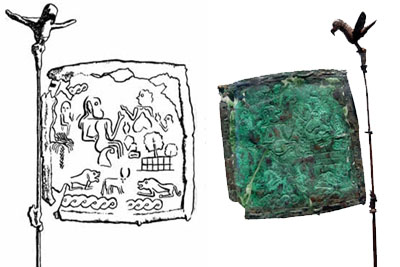
The oldest Persian Garden whose remnants have been discovered so far is Pasargadae Achaemenid. The complex consists of streams, ponds and single buildings, all of which are components of a Persian garden.
The main elements of Persian garden:
The most important element of Iranian garden is the surrounding fence to which the term paradise refers. This fence protects the garden from influx of hot desert winds and foreign invasions. In the hot and dry climate of Iran, the Persian garden is usually only a green spot in the desert. Hence, it is crucial to protect this spot against the scorching heat. At higher views, there are gardens such as Shazdeh Mahan which looks like a green paradise in the heart of a monochrome desert.
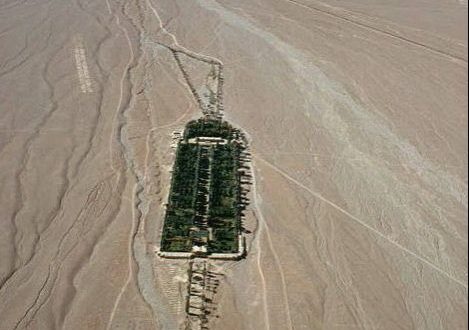
In addition to its basic material concept in the Iranian culture, and later in the Islamic culture, garden protection against aliens is a sophisticated symbol of the Iranian interest in the introspective architecture and introverted mood in desert areas.
Similarly in Quranic concepts, paradise is a lush and beautiful place requiring special circumstances. The only people who entering this space are spiritually deserved. That is how a better insight can be gained about the meaning of the fence in this space.
Most of Persian Gardens entail four gardens. In fact, there are four sections in each garden, where they are separated by streams and roads.
The number four in Iranian mythology has been repeatedly mentioned. For example, the universe in Zoroastrianism an ancient Iranian religion is divided into four sections.
Streams in the Iranian garden receive water from the surrounding aqueducts. These streams flow from all four sides into the garden and then arrive to the main pond.
Similar rivers have been described in the Quran; one containing wine, one milk and honey, and the other pure water.
Belvedere (kushk) is an important element of Iranian garden. This mansion is often placed in the garden with a special architecture which cannot be fully explored in this short paper.
The four-section model in the Persian Garden has been reflected frequently in other parts of Iranian art and culture, to the extent that the Persian carpet bears the model as one of the achievements of Persian art. In this design, there is a view of The Persian garden seen from the sky.
The first Iranian carpet woven in this design was called Bahar Khosro or Baharestan. The carpet was woven on the orders of the king for his winter palace in the Great Hall of Kasra, so he could be saved from the nostalgia of the garden.
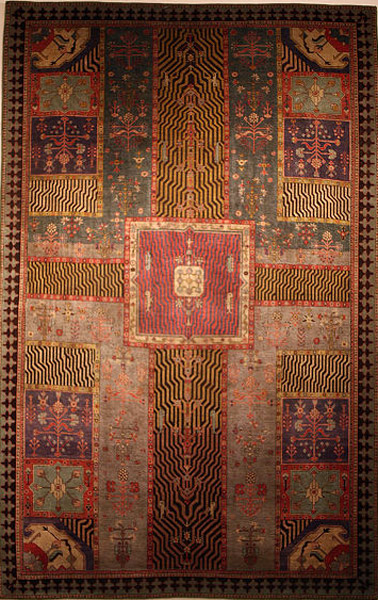

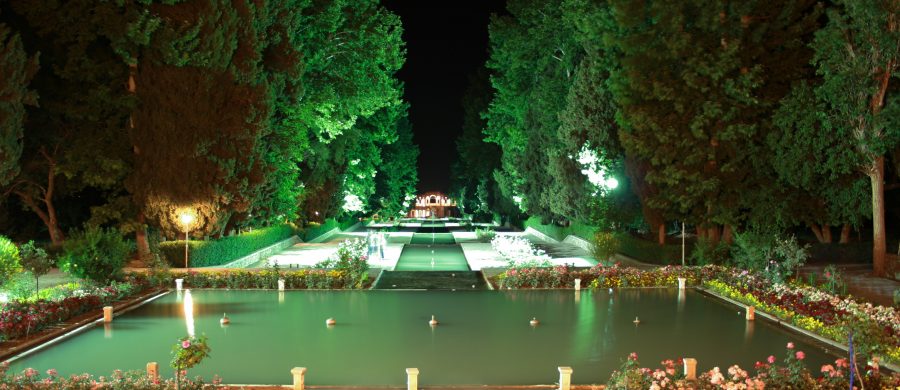

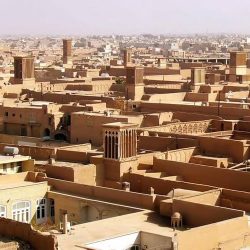


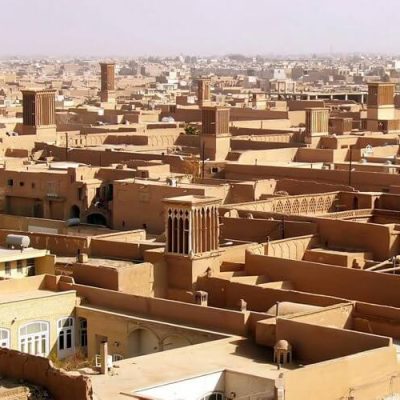

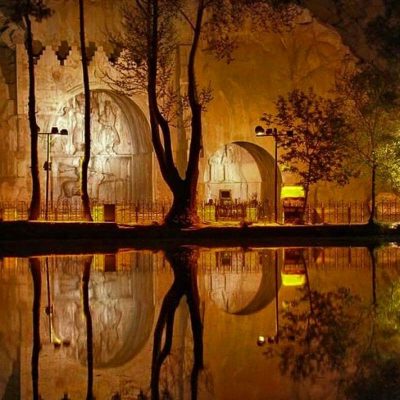
Post Discussion